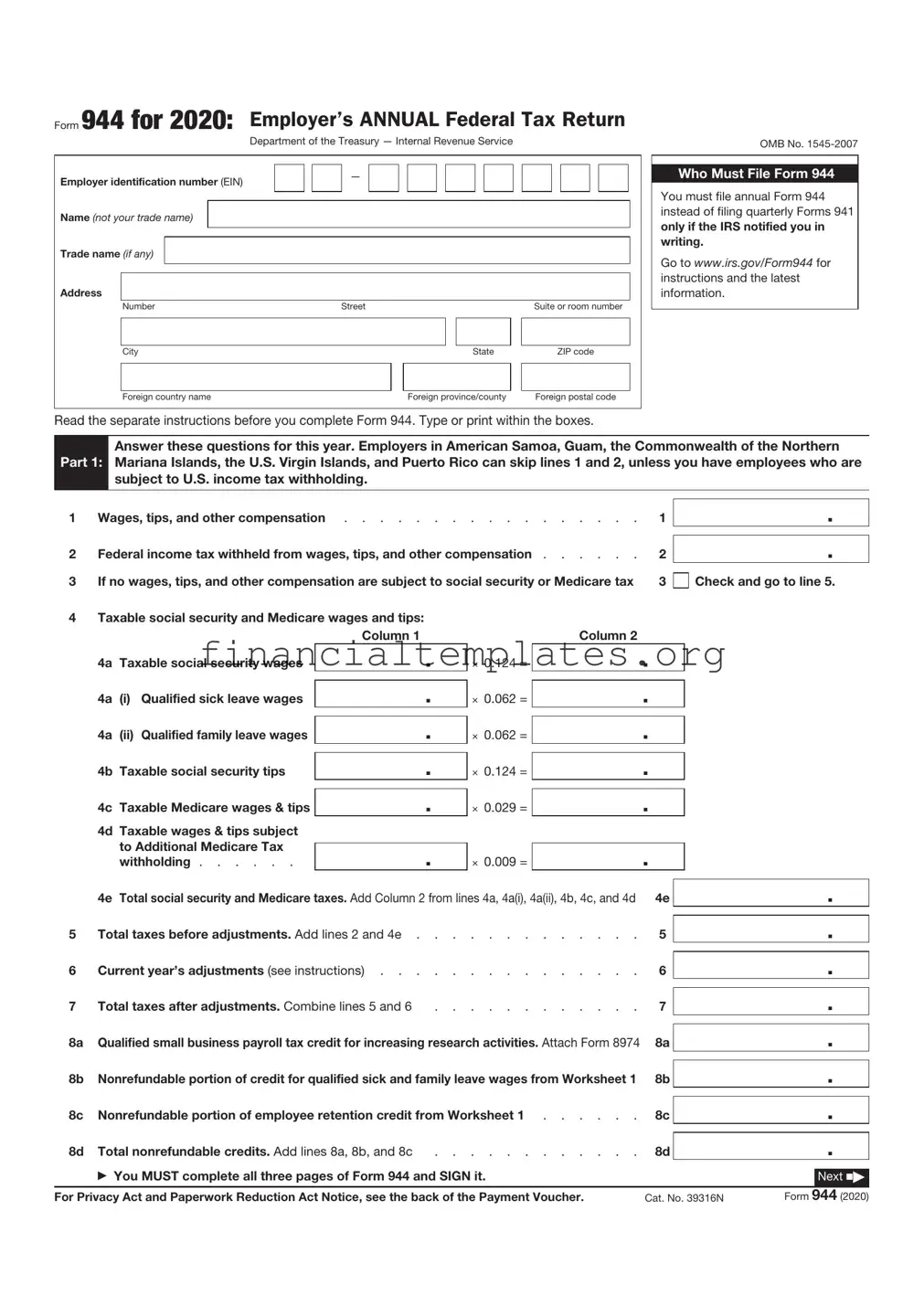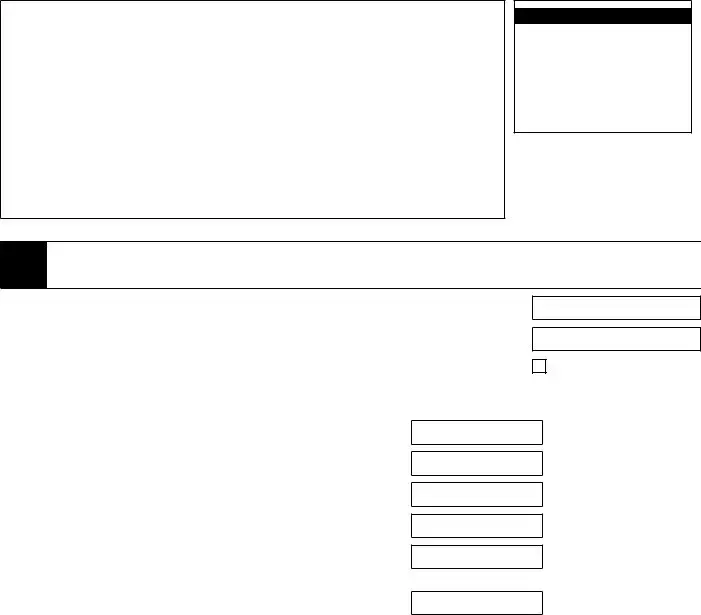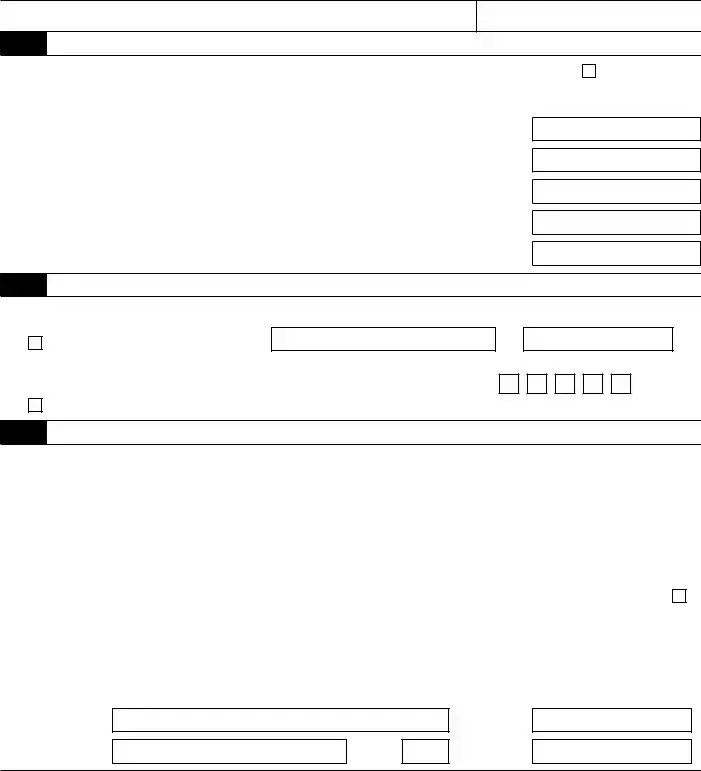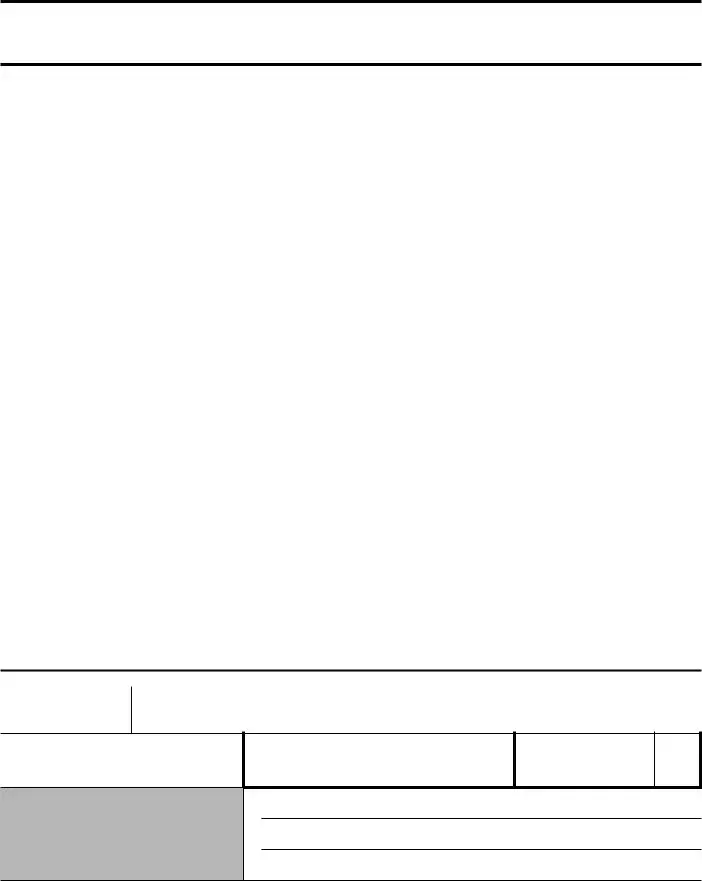The IRS 944 form, which is designed for small employers to report annual tax, shares similarities with several other IRS documents, each catering to specific tax-related reporting requirements. Among these, the IRS 941 form stands out as closely related. This form is used by employers to report quarterly federal income tax withheld from wages, social security, and Medicare taxes. Like the 944, it provides a systematic way for employers to report wages paid to employees, albeit on a more frequent basis. This similarity makes the 941 form a cornerstone for businesses that do not qualify for the annual reporting schedule permitted by the 944 form.
Another document echoing the IRS 944 form's purpose is the W-2 form. This wage and tax statement is issued by employers to every employee and the Social Security Administration. While the 944 form summarizes the total tax liability of an employer for the year, the W-2 details the annual wages paid to an individual employee and the taxes withheld from their earnings. The interconnectedness of these forms is critical in the overarching framework of employment tax reporting, ensuring that both the employer's and employees' tax information is meticulously recorded and reported to the federal government.
The IRS 940 form, which employers use to report federal unemployment tax (FUTA), also parallels the 944 form in its annual reporting requirement. The 940 form, however, focuses on unemployment contributions rather than income, Social Security, or Medicare taxes. Employers are thus tasked with navigating both forms (if applicable) to fully comply with federal tax obligations. The design of these forms reflects the broader tax structure, directing funds into different federal programs and initiatives through specific tax contributions.
Lastly, the Schedule H form (Form 1040) is somewhat analogous to the IRS 944 in its aim, as it is used by household employers to report employment taxes. If someone hires household help, such as a nanny or a gardener, and pays them above a certain threshold, they become responsible for Social Security, Medicare, and possibly federal unemployment tax. While Schedule H integrates into an individual's personal tax return and the Form 944 addresses small business employer obligations, both fulfill the common goal of tax reporting related to employment.


 .
.
 .
. .
. .
. .
. .
.
 .
. .
. .
. .
.
